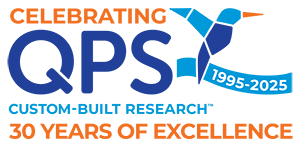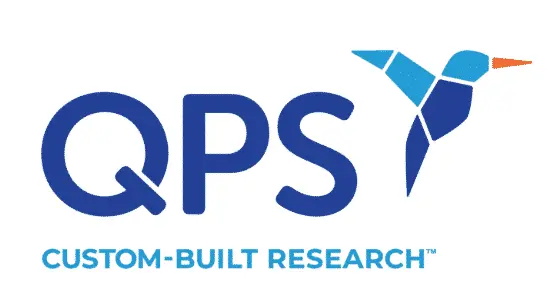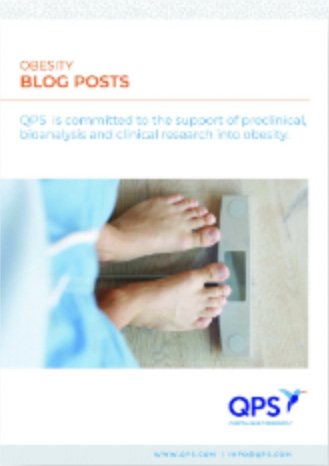A new pilot study conducted by Chang Lab at UC San Francisco has demonstrated the ability to use new neurotechnology to enable paralyzed individuals to speak whole words using only their thoughts. This groundbreaking study marks the first time that a person with severe speech impairments has been able to use an implant to translate brain waves into whole words, and marks a potentially significant breakthrough in the field.
Advancements in Neuroprosthetics
In the past two decades, there has been significant progress in the development and use of neuroprosthetics to treat a variety of conditions, including paralysis, stroke, and neurodegenerative diseases such as Parkinson’s disease and Alzheimer’s disease.
Neuroprosthetics, sometimes also known as brain-machine interfaces (BMIs), are devices that restore lost functions or enhance existing ones by directly interacting with the nervous system. Some BMIs take information from the outside world and convert it to electrical input signals, while others take information from the brain’s electrical activity and convert that activity into signals that can control a device in the outside world.
The most significant advancements in the past two decades have been with the former category: sensory neuroprosthetics like cochlear implants, bionic hands, and bionic eyes that take information from the outside world and convert it to electrical input signals. Edward Chang, chair of neurological surgery at the University of California, San Francisco, is leading a team whose ongoing research focus has been developing non-invasive BMIs to restore speech and communication to those who have lost it.
Typing-by-Brain Advancements
Typing-by-brain technologies have historically involved placing an implant on the user’s motor cortex, which the user controls by imagining physical actions. These technologies have allowed paralyzed people unable to speak to control a cursor, mouse, or keyboard to communicate. In 2021, Stanford University researchers had a breakthrough in this technology, devising a system that allows a person to communicate directly with a computer from their brain by imagining creating handwritten messages, enabling communication at a rate more than twice as fast as previous typing-by-brain experiments.
Instead of translating motor cortex signals to speech by decoding the intent to type or write, Chang’s research focuses on decoding the user’s intent to control the vocal tract. In their research, Chang’s team focused on the neural activity in parts of the motor cortex that send movement commands to the muscles involved in speech: muscles in the face, throat, mouth, and tongue.
Turning Brain Waves into Speech
Previous brain-to-speech technologies have required the user to “speak” one letter at a time, spelling words or commands in order to communicate. But Chang’s research has created the first neuroprosthetic device that has successfully allowed paralyzed users to communicate by broadcasting full words.
Chang’s device uses electrocorticography (ECoG) hardware, a thin, flexible electrode array that is placed on the surface of the brain. These electrodes record neural signals, and those signals are sent to a speech decoder, which turns those signals into words.
Ongoing Research
Chang’s pilot trial, funded by the National Institutes of Health (NIH), began in 2021 and is still ongoing. Research is focused on the goal of improving the communication accuracy and speed of paralyzed volunteers. By tapping into the speech system, the team hopes to continue to make advancements in improving the words-per-minute speech of volunteers using the breakthrough hardware. The team’s goal is to eventually allow paralyzed users to use this device to “speak” at a rate of 100 words per minute. This is approaching the average conversation rate for typical English speakers, which is about 150 words per minute.
As Chang writes, “We’re attempting an ambitious feat of BMI engineering while there is still lots to learn about the underlying neuroscience. We believe it will all come together to give our patients their voices back.”
QPS is a GLP- and GCP-compliant contract research organization (CRO) delivering the highest grade of discovery, preclinical and clinical drug research development services. Since 1995, it has grown from a tiny bioanalysis shop to a full-service CRO with 1,100+ employees in the U.S., Europe and Asia. Today, QPS offers expanded pharmaceutical contract R&D services with special expertise in neuropharmacology, DMPK, toxicology, bioanalysis, translational medicine and clinical development. An award-winning leader focused on bioanalytics and clinical trials, QPS is known for proven quality standards, technical expertise, a flexible approach to research, client satisfaction and turnkey laboratories and facilities. Through continual enhancements in capacities and resources, QPS stands tall in its commitment to delivering superior quality, skilled performance and trusted service to its valued customers. For more information, visit www.qps.com or email info@qps.com.








